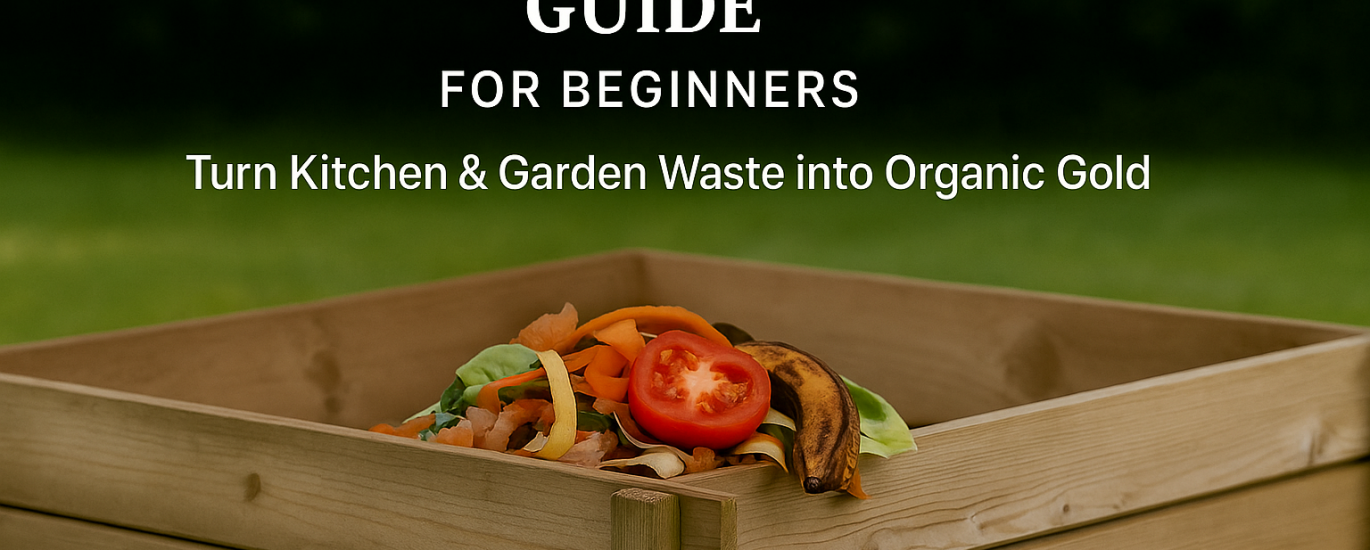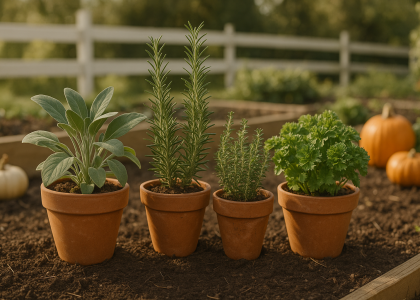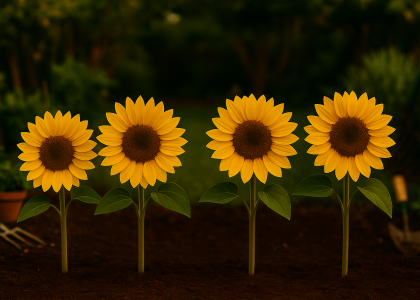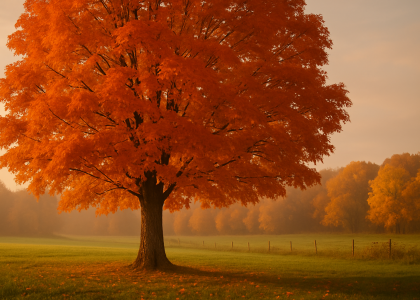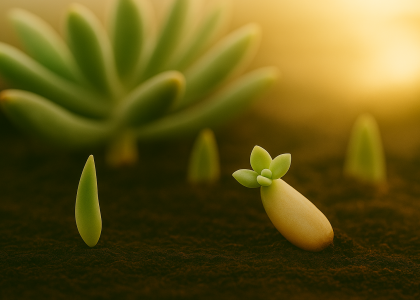Ditch the landfill, embrace nature’s cycle—discover how to compost in summer for healthier plants and greener living.
Is Your Garden Ready for Summer?
When the sun is high and plants are growing fast, your kitchen scraps and garden clippings become more than just waste—they transform into black gold for your garden.
Composting isn’t just eco-friendly; it’s the secret to nutrient-rich soil and vibrant growth. Especially in summer, when plants demand nutrients and organic waste is abundant, composting is your smartest gardening ally.
Whether you're just starting out or are an experienced grower, this Greenmuse guide will walk you through the art and science of summer composting.
Why Summer Is the Best Time to Start Composting
Optimal Heat Speeds Decomposition
Warm temperatures act as a natural accelerator, encouraging microbial activity and breaking down organic material at double speed.
Steady Stream of Organic Inputs
Summer yields more kitchen and garden waste: grass clippings, produce scraps, and spent flowers—making this the most efficient composting season.
Types of Composting: Choose What Fits Your Lifestyle
Cold Composting — Minimal Effort, Maximum Patience
- Ideal For: Beginners, minimalists, and passive gardeners
- Advantages: Requires little maintenance
- Disadvantages: Decomposition may take 6–12 months
Hot Composting — Efficient and Fast
- Ideal For: Experienced gardeners or high-volume households
- Advantages: Rapid decomposition in 4–8 weeks; destroys weed seeds and pathogens
- Disadvantages: Requires turning, moisture control, and carbon/nitrogen balance
Vermicomposting — Small Space, Big Returns
- Ideal For: Apartment dwellers, indoor setups, and eco-enthusiasts
- Advantages: Compact, low-odor, produces nutrient-dense worm castings
- Disadvantages: Requires specific worm care and temperature regulation

Step-by-Step Guide: How to Compost at Home This Summer
Step 1: Select a Composting Site & Container
Choose a shaded, well-drained area away from living spaces.
Container Options:
- Open Piles: Suitable for large yards
- Closed Bins: Tidy, temperature-controlled, and pest-resistant
- DIY Bins: Constructed with pallets, mesh, or recycled materials
Step 2: Balance Your Materials – Green vs. Brown
Use approximately 1 part green (nitrogen-rich) to 2–3 parts brown (carbon-rich) materials.
Green Materials (Nitrogen):
- Vegetable scraps
- Coffee grounds and tea leaves
- Grass clippings
Brown Materials (Carbon):
- Dried leaves
- Shredded newspaper and cardboard
- Twigs and straw
Tip: Shred or chop all materials to speed up decomposition.
Step 3: Layer and Maintain Your Pile
- Base Layer: Coarse twigs for drainage
- Middle Layers: Alternate green and brown materials
- Moisture Check: Pile should feel like a wrung-out sponge
- Top Layer: Brown material to suppress odor and pests
Optional but recommended: Turn the pile weekly to improve oxygenation and accelerate results.
Common Composting Questions Answered
Will it smell?
No—unless the pile is unbalanced. Add browns and aerate regularly.
Can I compost meat, dairy, or oily foods?
Avoid these. They decompose slowly and attract pests.
Will it attract bugs or rodents?
Not if properly managed. Keep meat out, add browns, and cover well.
How long until compost is ready?
- Cold compost: 6–12 months
- Hot compost: 2–3 months
- Mature compost is dark, crumbly, and smells like fresh earth
How should I use compost?
- Mix into garden beds
- Blend into potting soil (10–20%)
- Top-dress around established plants
The Restorative Magic of Composting
Turning waste into soil is more than a gardening technique—it’s a lifestyle rooted in regeneration.
The scent of rich compost, the visible life it supports, and the thriving garden it nurtures all reflect your commitment to sustainability.
Composting is mindful, empowering, and deeply rewarding. Every banana peel and withered flower you compost is a step toward a more resilient garden—and a more resilient planet.
Download the Printable Compost Materials Checklist
Looking for a quick reference to keep near your compost pile?
Download our free guide, including:
- Green vs. brown material list
- What to compost and what to avoid
- Quick troubleshooting tips
[Download Composting Cheat Sheet PDF]
Share Your Composting Wins
Have a composting tip or a beautiful before/after garden photo?
Tag us at #GreenmuseGarden on Pinterest or share in the comments to help others on their zero-waste gardening journey.

